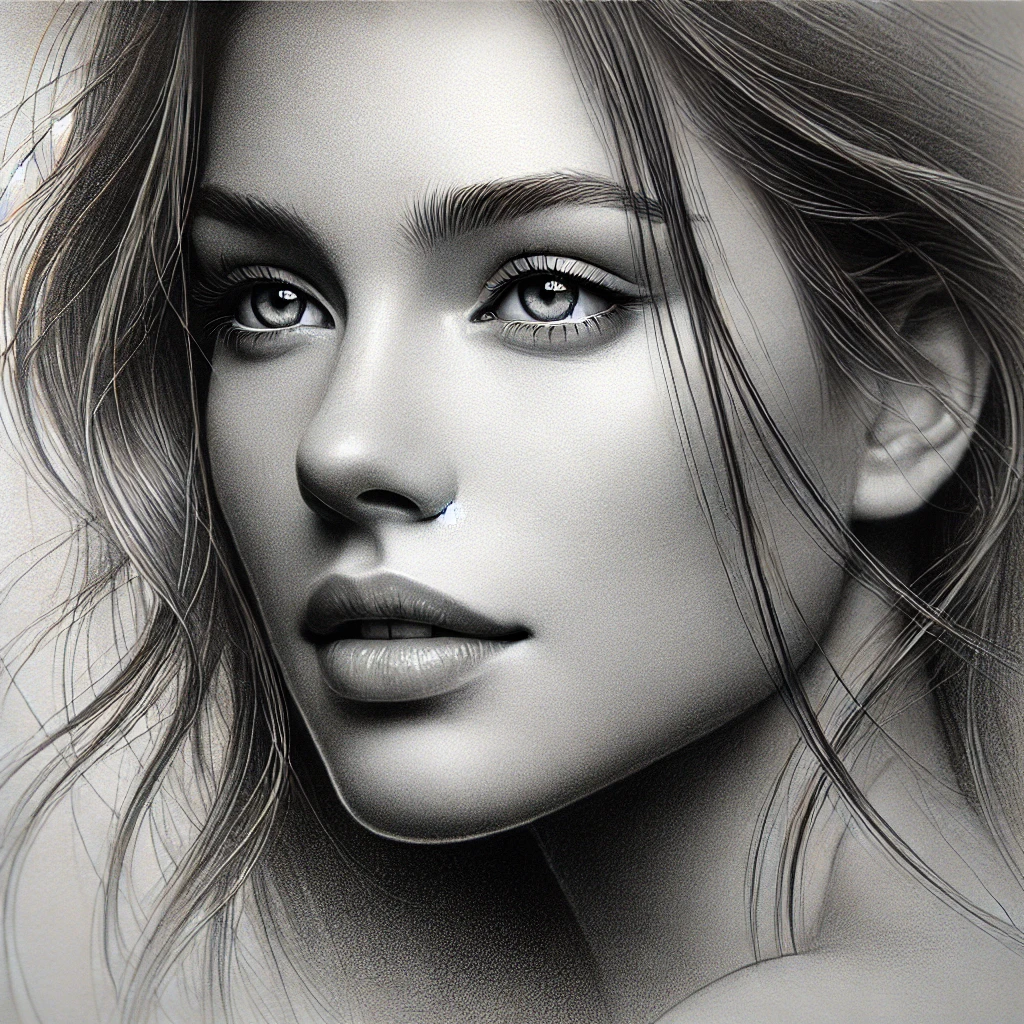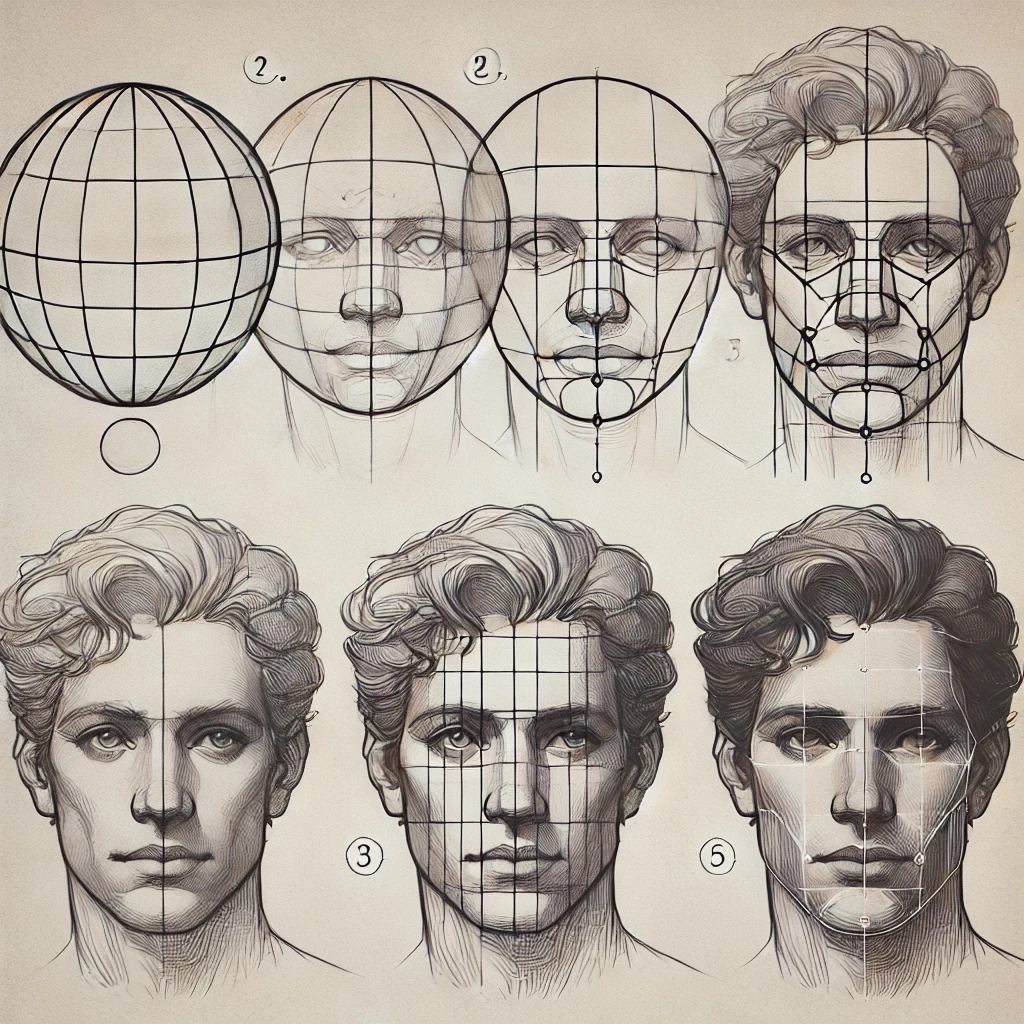
Portrait drawing is one of the most rewarding and challenging aspects of art. Capturing realistic facial features, proportions, and expressions requires patience, observation, and practice. Whether you’re a beginner or an experienced artist looking to refine your skills, this guide will provide essential tips to help you master portrait drawing.
Essential Tools for Portrait Drawing
To create lifelike portraits, you’ll need high-quality materials. Here are the must-have tools:
✔ Graphite Pencils (H to 8B) – Perfect for sketching light outlines and adding deep shadows.
✔ Charcoal Pencils – Ideal for rich contrast and expressive shading.
✔ Blending Stumps & Tissues – Helps create smooth transitions in shading.
✔ Kneaded & Precision Erasers – Essential for lifting highlights and refining details.
✔ Fine-Tip White Gel Pen – Adds reflective highlights for realistic eyes and skin texture.
🛒 Shop the best portrait drawing supplies here
Step-by-Step Guide to Drawing a Realistic Portrait
1. Start with Basic Shapes & Proportions
📏 Use the Loomis Method – This technique helps structure the face with a sphere and guidelines.
✍️ Map Out the Facial Features – Lightly sketch where the eyes, nose, mouth, and ears will be placed.
📐 Double-check Proportions – Compare distances between features for symmetry.

2. Refining Facial Features
👀 Drawing Realistic Eyes – Focus on the eyelids, reflections, and eyelashes for depth.
👃 Perfecting the Nose – Use soft shading instead of harsh outlines for a natural look.
👄 Shaping the Lips – Add highlights and subtle curves to make them appear three-dimensional.
🛒 Find the best proportion measuring tools here
3. Achieving Realistic Skin Texture & Shading
🖌️ Layer Graphite Gradually – Start light and build up shadows for depth.
🎨 Blend Carefully – Use blending stumps or soft tissue to create smooth gradients.
💡 Lift Highlights with an Eraser – Creates realistic contrast and luminosity.
4. Capturing Lifelike Expressions & Depth
🎭 Study Facial Expressions – Reference photos to understand how muscles move.
📸 Use Different Lighting Setups – Shadows and highlights define emotions and depth.
✏️ Enhance Contrast – Deepen dark areas to create realistic dimension.
🛒 Shop artist-grade blending tools here
Common Mistakes & How to Fix Them
🚫 Flat Features – Avoid outlining too harshly; use shading to build form.
🚫 Misaligned Features – Use the vertical centerline to maintain facial balance.
🚫 Over-Blending – Maintain some texture for a more natural look.
Want to take your portrait drawing to the next level? Watch this tutorial here for 10 easy tips to improve your realistic drawings! ✏️🎨✨
Final Thoughts: Elevate Your Portrait Drawing Skills
Mastering proportions, shading, and expressions will make your portraits more lifelike and captivating. With practice and the right tools, you’ll see noticeable improvement in your art.
🎨 Upgrade your portrait drawing tools today! Check out our top recommendations here and start creating stunning, realistic portraits.
📌 Love this guide? Save it to your Pinterest board and inspire fellow artists!



